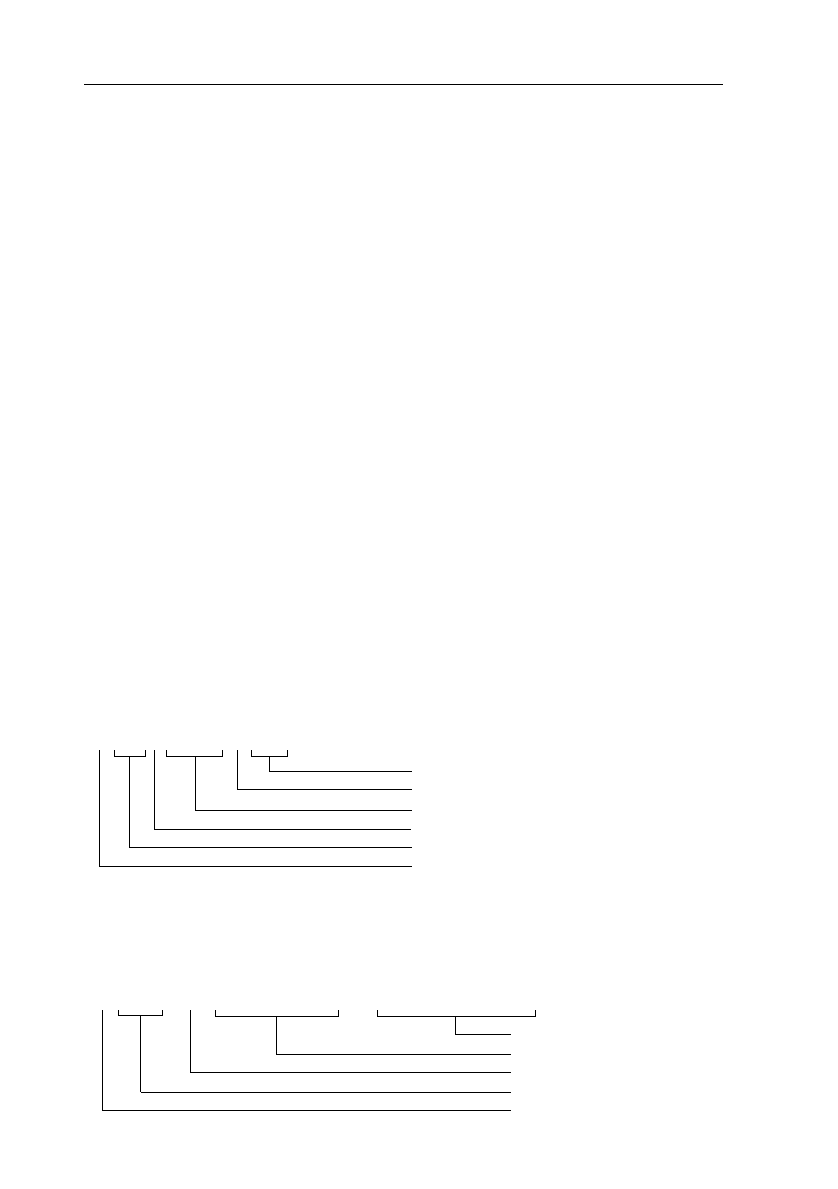
2 - 6 GETTING STARTED WITH SCPI PROGRAMMING
2.4 Acquiring Traces
Trace acquisitions are started via the INITiate commands. A single acquisition is
done by sending a single INITiate command. Continuous acquisitions are done by
sending the INITiate:CONTinuous ON command.
The TRACe? query allows you to acquire a trace of signal samples from one of
the following sources:
•
An input channel, e.g., CH2 (input channel 2).
•
A trace area in a memory register, e.g., M2_3 (Memory register 2, trace 3).
The number of trace samples (acquisition length) can be specified using the
TRACe:POINts command. If your instrument has standard memory, you can
specify 512, 2048, 4096, or 8192 trace samples. If your instrument has extended
memory, you can specify 512, 8192, 16384, or 32768 trace samples. A
TRACe:POINts command specifies the acquisition length for all channels and
memory registers.
Example: Send --> TRACe:POINts CH1,8192 ’Selects 8192 sample points
for all traces
The number of trace sample bits can be specified using the FORMat command.
This gives you the possibility to define samples of 8 bits (1 byte) or 16 bits
(2 bytes). A FORMat command specifies the number of sample bits for all
channels and memory registers.
Example: Send --> FORMat INT,16 ’Formats 16-bits samples
The format of the trace response data is as follows:
Note: If f=8 decimal, each trace sample is one byte (8 bits).
If f=16 decimal, each trace sample is two bytes (16 bits), i.e., most significant byte
(msb) + least significant byte (lsb).
Example:
# n x . . x f b . . . . . b s <NL>
NewLine code (10 decimal)
checksum byte over all trace bytes
trace sample data bytes (see Note)
trace data format byte (see Note)
number of trace bytes (fbb...bbs)
number of digits of x..x
# 4 1 0 2 6 <16> <msb 1> <lsb 1> . . . <msb 512> <lsb 512> <checksum> <10>
trace sample 512
trace sample 1
decimal 16
number of trace bytes (N)
number of digits of N


















